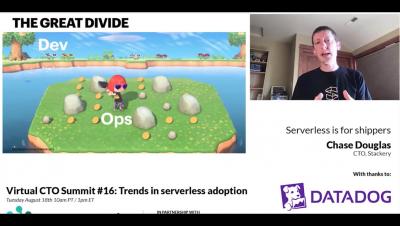Building Battle-Tested Well-Architected Apps: Learnings from Real Life
In this article I’ll be sharing my own lessons learned with Dashbird in building reliable Well-Architected serverless applications and the highest impact areas to focus on no matter where you are in the Serverless journey.











